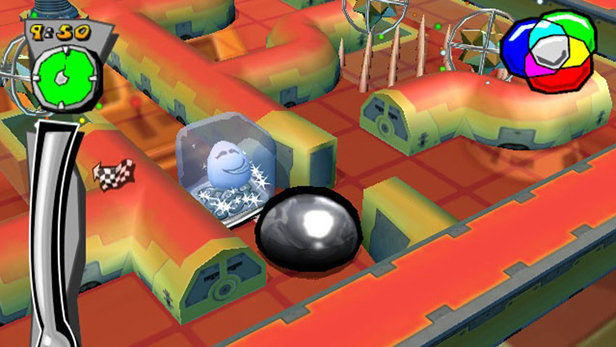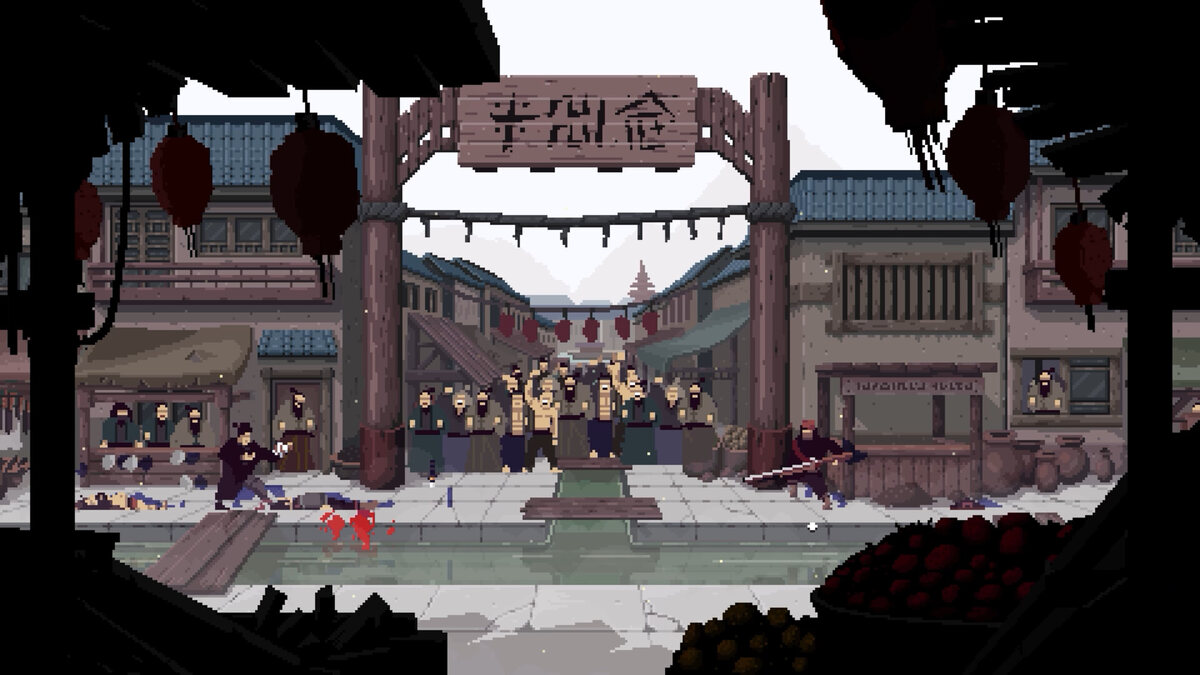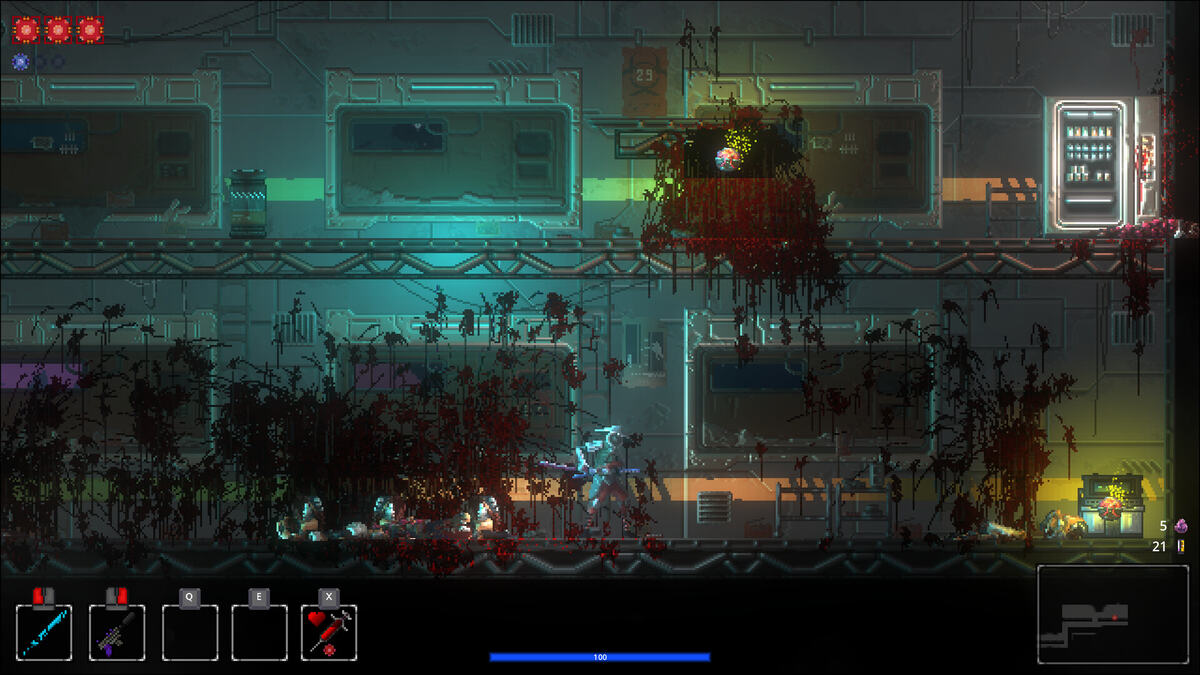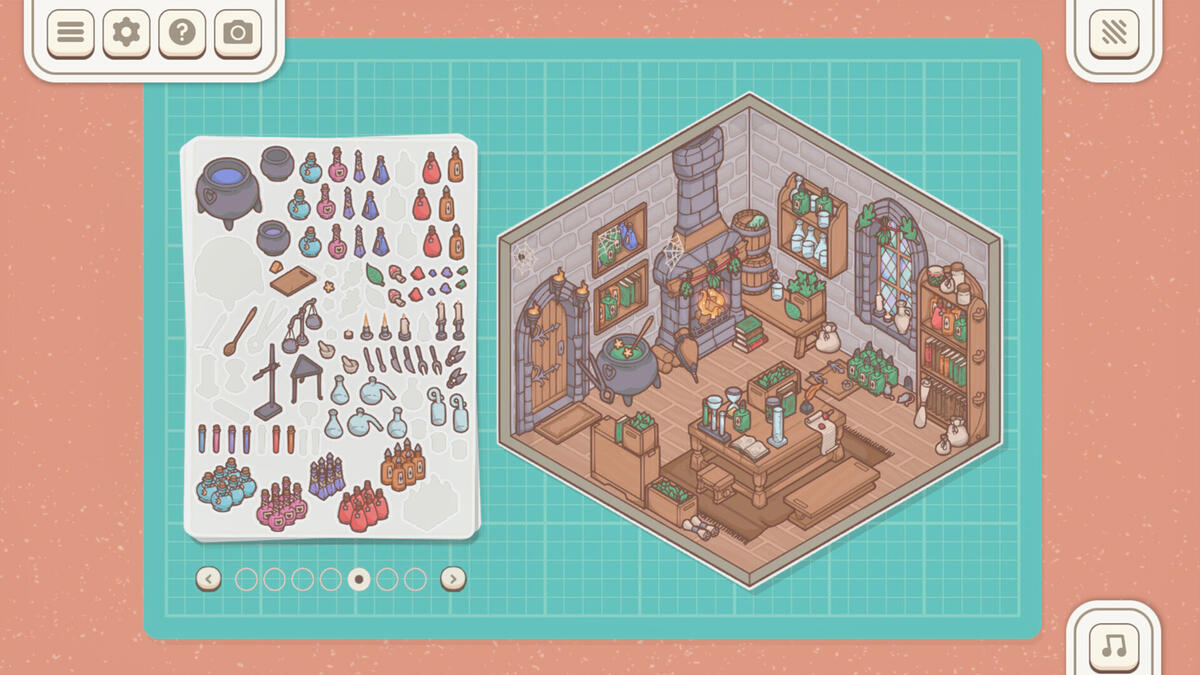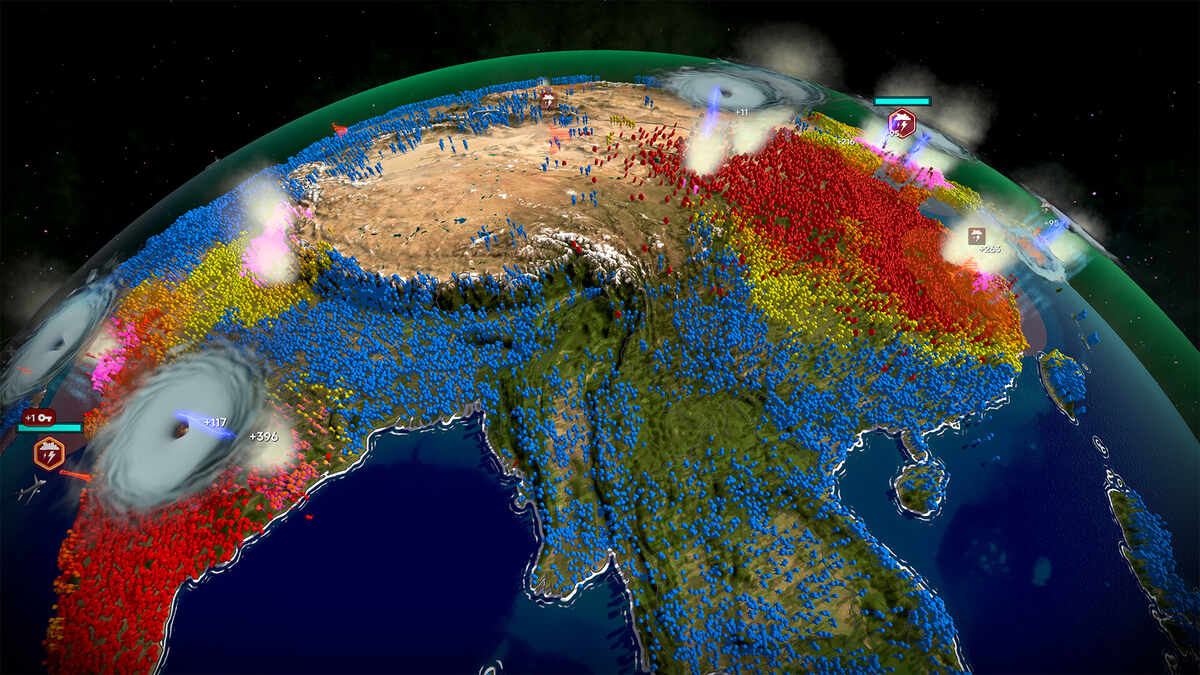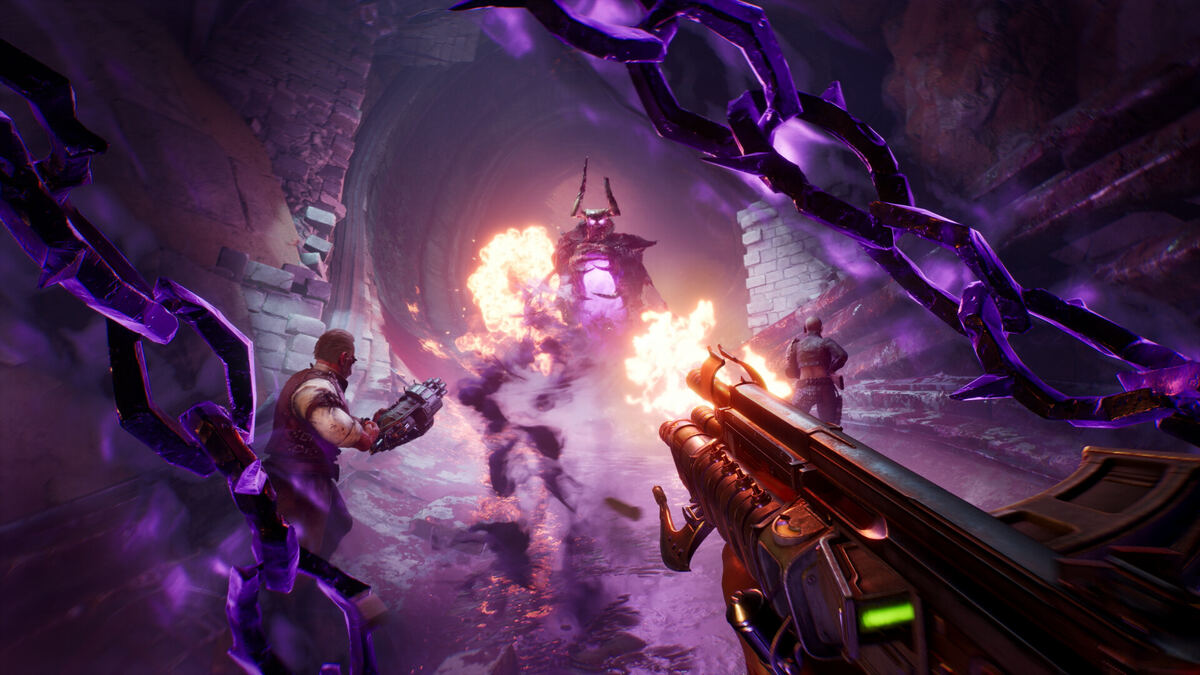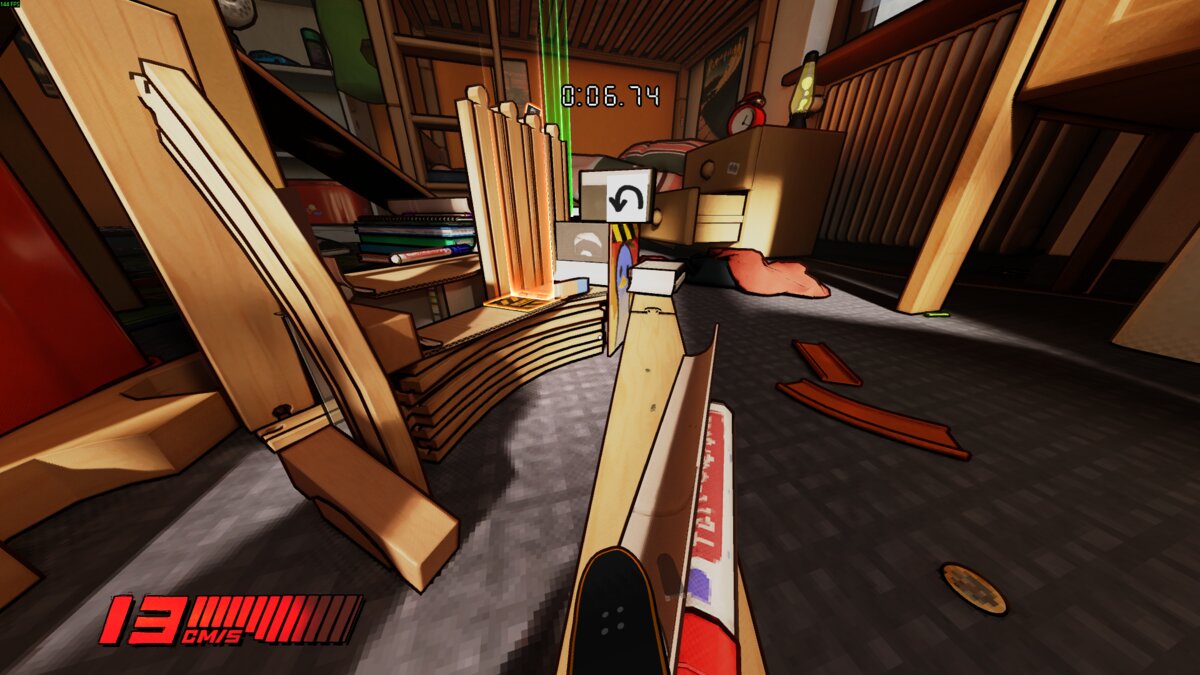You can trust VideoGamer. Our team of gaming experts spend hours testing and reviewing the latest games, to ensure you're reading the most comprehensive guide possible. Rest assured, all imagery and advice is unique and original. Check out how we test and review games here
The PSP hasn’t really established any franchises of its own yet, with the closest it’s got being the Metal Gear Acid and Untold Legends series. Ignition Entertainment wants to establish Mercury as a premier PSP franchise though. Their PSP launch title has shifted just shy of 500,000 copies, and with the sequel, Mercury Meltdown, they’re looking to deliver the kind of finely tuned experience that they weren’t able to last time around. The work in progress build certainly has the potential to be a must own PSP title for this autumn.
Fans of the first game will be glad to hear that the fundamentals remain untouched. The premise is still to guide a mercury blob around a treacherous level and reach the goal. The mercury can change colour and combine with other blobs to form new colours that can’t be formed by simply using the colour changing devices on each level. This colour changing mechanic was present in the first game, but it’s a great device for some fiendish puzzles, and its return is more than welcome. New this time around, however, is the ability to change the state of the mercury.
By heating up or cooling down the mercury, it becomes more easily split up or more solid. This basically means that any little bump while in the heated state will result in numerous mercury blobs being formed and, potentially, a mercury losing disaster on your hands. Super cool it and it’ll be near impossible to break up and navigating around tight areas will be a nightmare. Early levels don’t really make the most of this, but with over 160 levels to play through in the final game, Ignition will surely turn the heat up later on – in more ways than one.
A big problem with the original game was that many players simply came up against an impassable barrier. Random difficulty spikes meant that there was no sense of the difficulty rising as you moved through the levels. In an attempt to solve this problem, levels in Mercury Meltdown can be completed in two ways. You can either rush through, attempting to finish under par (within the time limit), or take your time (if you’re having trouble), lose some bonus points, but still complete the level. If even that is too difficult, you can simply exit back to the level select screen and choose a new level.
That’s not all though. Some of the levels are pretty large, and in order to complete them under par you’d probably have to run through a few times, using a bit of trial and error until you found out exactly what to do. To make this less of an issue you can pause the game at any time and free-look around the map. All the gadgets scattered around can also be identified, giving you the best chance of success on your first attempt.
To keep the franchise looking fresh, Ignition has gone down a cartoon-style route for the game’s visuals. While nothing spectacular (this is a puzzle game after all), presentation is smart, even with a few months of development remaining on the title. A number of ‘Labs’ house the 160+ levels, but while the names suggest radically different areas to play in, the level designs don’t really reflect this. Still, puzzles vary quite wildly, and make good use of the vertical and horizontal plane. You need to keep your wits about you and make use of all available movement pads in order to keep your blob in the game.
Also on offer in this year’s game are a number of party games. The current build of the game doesn’t hand these over easily, though, and requires you to play through a number of levels in order to unlock even one of the games. In my time with the game I managed to unlock the Race mode, and although not something that will keep you entertained for hours, it’s akin to the Monkey Race mode seen in the Super Monkey Ball games. Further progress in the main game will unlock Paint, Rodeo, Metrix, and Shove, although you’ll have to wait for the review to see if they make great party games.
The unlockables don’t stop at party games, with new skins for your mercury, as well as bonus levels being available if you’re good enough to earn them. The new progressions system works very well here, allowing you to come back to completed levels, this time playing for the fastest time and completion with 100 percent mercury. These two factors, as well as bonus pick-ups in the level, create your score for the level. The ability to save a ghost of your best run also helps time trial nuts, allowing you to see if your current run is worth continuing with.
A minor point on the face of it, but something that you’ll be very grateful for, is the lack of loading between selecting retry and you starting again. Loading times have blighted many PSP games, and in a game of this nature the ability to retry a level in a fraction of a second makes for a much less frustrating experience.
When the final game ships in September it seems that PSP owners will get a fair amount of content crammed into the UMD. The 160+ levels, party games, and the yet to be tested multiplayer modes, all point towards a worthy sequel to one of the more entertaining PSP launch titles. Tweaks to the core gameplay make what I’ve played so far a less frustrating game than before, and the presentation might just be swish enough to draw the attention of PSP owners who usually stay away from puzzle games.
/https://oimg.videogamer.com/images/dcb4/mercury_meltdown_10.jpg)
